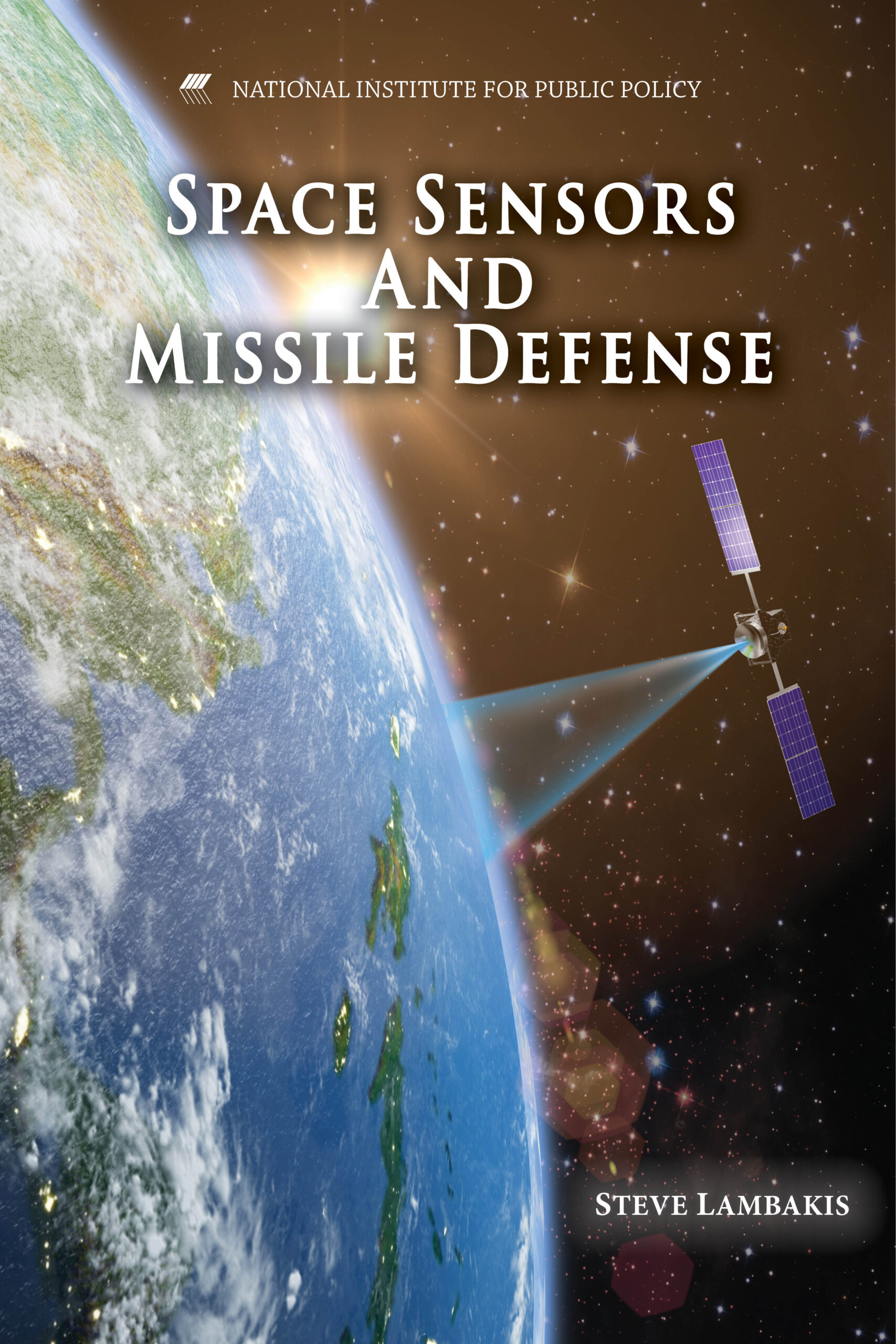

In Space Sensors and Missile Defense, Dr. Lambakis argues that the United States must continue to push the major concentration of its missile defense tracking sensor architecture to space to improve the overall performance of the nation’s Missile Defense System against an increasingly diverse missile threat, which includes maneuvering hypersonic missiles. Without the ability to track the missile payload throughout the flight, the ability of a missile defense system to intercept the payload diminishes significantly and the armed forces will be unable to intercept highly dangerous missile threats with any meaningful consistency. The United States must overcome technological, acquisition, and policy challenges in order to deploy an on-orbit space tracking layer and achieve what ultimately may be viewed as the greatest leap in capability that could be achieved in today’s Missile Defense System. The deployment of missile defense tracking sensors in space also will benefit three other missions that belong to the Department of the Air Force and the Space Force – Missile Warning, Space Domain Awareness, and counterspace operations. The United States must move beyond development and initial deployments that will occur over the next few years to fill out the entire architecture that is envisioned. This not only requires continued funding and advocacy for satellite and ground system development, but the country also needs to put new emphasis on the development of responsive launch capabilities.